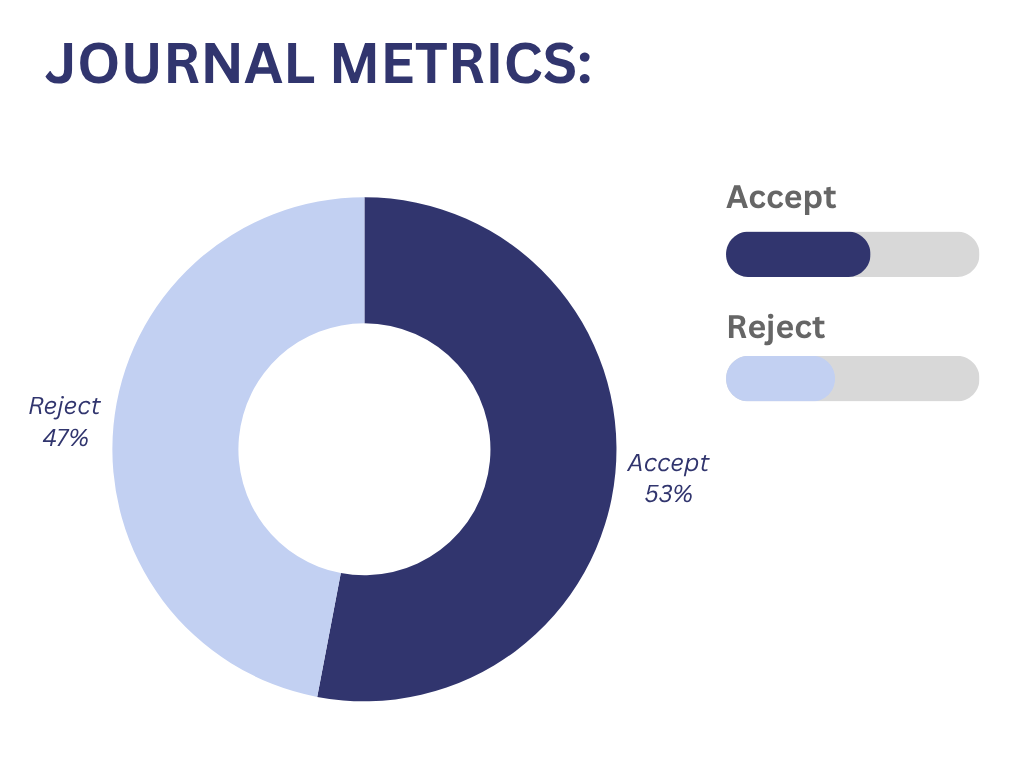Multi Objective Lifecycle Budget Allocation for Fusion Power Plant Installation
Abstract
Successful installation of a fusion power plant demands a critical assessment of capital costs and operating costs. Reduction strategies for such costs are desirable in order to achieve an economically competitive position. The paper develops a multiobjective goal programming model and initially, the objective function is defined. The model seeks to minimize the deviation variables of the objective function, subject to the goal values of budgetary expenditure allocated to capital costs and operating costs of fusion power plant installation. The sum of deviations is minimized so that actual expenditure on capital costs (direct/indirect construction costs) and operating costs (fuel, waste management, maintenance, manpower) meets the projected expenditure. Using the simplex method, the standard minimization problem is solved. An illustrative example is presented that determines the optimal allocation of expenditure on capital costs and operating costs for fusion power plant installation. Results from the numerical example presented indicate that certain goals on capital costs (direct/indirect construction costs) and operating costs (fuel, waste management, maintenance, manpower) can be fully or partially achieved. This, however, depends upon the priority levels and targets set for budgeted expenditure; in line with the categories of fusion power plant installation costs. The solution approach enables satisfactory allocation of expenditure based on the priority levels or goals set for energy production. The multiobjective goal programming approach can be effective where relevant categories of costs can be prioritized if necessary. It ensures cost-effectiveness in installing fusion power plants.
Keywords:
Allocation, Budget, Fusion, Installation, LifecycleReferences
- [1] Schroder, G. (2000). Preparation for operation at wendelstein 7-x. https://www.iter.org/newsline/-/1927
- [2] Hender, T. C., Knight, P. J., & Cook, I. (1996). Key issues for the economic viability of magnetic fusion power. Fusion technology, 30(3), 1605–1612. DOI: 10.13182/fst96-a11963181
- [3] Hamacher, T., Sáez, R. M., Lako, P., Cabal, H., Hallberg, B., Korhonen, R., … Zankl, G. (2000). Economic and environmental performance of future fusion plants in comparison. 18th fusion energy conference. International Atomic Energy Agency. https://www-pub.iaea.org/mtcd/publications/pdf/csp_008c/html/node353.htm
- [4] Hamacher, T., Sáez, R. M., Aquilonius, K., Cabal, H., Hallberg, B., Korhonen, R., … Ward, D. (2001). A comprehensive evaluation of the environmental external costs of a fusion power plant. Fusion engineering and design, 56–57, 95–103. DOI: 10.1016/S0920-3796(01)00240-X
- [5] Holland, M., & Berry, J. (2005). ExternE externalities of energy. European Commission, Directorate-General XII, Science, Research and Development.
- [6] University, P. (2024). Molina center for energy and the environment - molina center for energy and the environment. http://www.mce2.org/en/component/content/article/180-news/latest-news/240-milagro-news
- [7] Dalton, D. (2021). Nuclear fusion‘capital costs are high but can be reduced to economically competitive level.’ https://www.nucnet.org/news/capital-costs-are-high-but-can-be-reduced-to-economically-competitive-level-10-4-2021
- [8] Turchi, P., Hsu, S., Wessel, F., & Shumlak, U. (2017). Conceptual cost study for a fusion power plant based on four technologies from the doe arpa-e alpha program. Bechtel National. https://woodruffscientific.com/pdf/ARPAE_Costing_Report_2017.pdf
- [9] Bruce, E. B. (2011). Synapse energy economics. Synapse Energy. https://www.synapse-energy.com/sites/default/files/resume-biewald.pdf
- [10] Lindley, B., Roulstone, T., Locatelli, G., & Rooney, M. (2023). Can fusion energy be cost-competitive and commercially viable? An analysis of magnetically confined reactors. Energy policy, 177, 113511. DOI: 10.1016/j.enpol.2023.113511
- [11] Lopes Cardozo, N. J., Lange, A. G. G., & Kramer, G. J. (2016). Fusion: Expensive and Taking Forever? Journal of fusion energy, 35(1), 94–101. DOI: 10.1007/s10894-015-0012-7
- [12] Takeda, S., Sakurai, S., & Konishi, S. (2020). Economic Performance of Fusion Power Plant on Deregulated Electricity Markets. Journal of fusion energy, 39(1–2), 31–39. DOI: 10.1007/s10894-020-00230-z
- [13] Alhamdan, A., Halem, Z., Hernandez, I., Lo, A. W., Singh, M., & Whyte, D. (2022). Financing fusion energy. Social science research network electronic journal. DOI: 10.2139/ssrn.4301605
- [14] Entler, S., Horacek, J., Dlouhy, T., & Dostal, V. (2018). Approximation of the economy of fusion energy. Energy, 152, 489–497. DOI: 10.1016/j.energy.2018.03.130
- [15] Cardozo, N. J. L. (2019). Economic aspects of the deployment of fusion energy: the valley of death and the innovation cycle. Philosophical transactions. series a, mathematical, physical, and engineering sciences, 377(2141), 20170444. DOI: 10.1098/rsta.2017.0444



